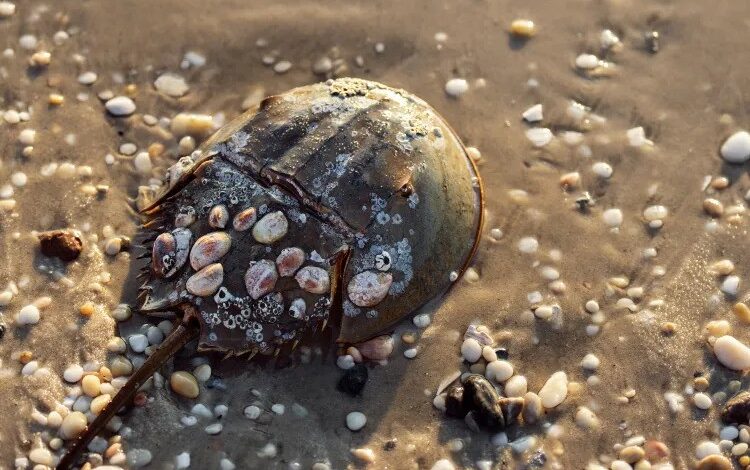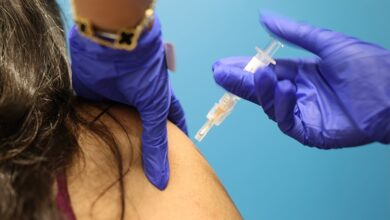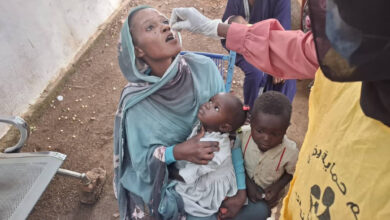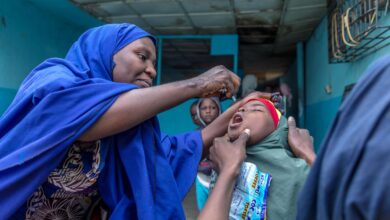
Horseshoe crabs evolved 445 million years ago and have been around for 1,500 times longer than Homo sapiens. It was not until the 20th century, however, that scientists discovered life-saving properties in their blood. Photo Credit: Todd Rosenberg / Eli Lilly and Company
AnimalsHealth United StatesNo Crabs Harmed in This Big Medicine Boost
Scientists are closing in on lab-made replacements for the blue blood of horseshoe crabs, which have long been used to ensure the safety of vaccines and other medicines.
“This is better science, and it doesn’t hurt any animals,” said Elizabeth Baker, director of research policy at the Physicians Committee for Responsible Medicine.
For decades, the compound LAL (Limulus amebocyte lysate), derived from horseshoe crab blood, has been essential for detecting bacterial contamination in drugs. But relying on wild crab harvests causes a significant impact: after bleeding, up to 30% of crabs may die or lose their ability to breed. Now, a synthetic alternative, recombinant Factor C (rFC), has gained official recognition from the U.S. Pharmacopeia and is already used by companies such as Eli Lilly. With 11 major pharmaceutical firms reporting a shift, this breakthrough could protect both human health and crab ecosystems while ensuring drug safety remains world-class.



